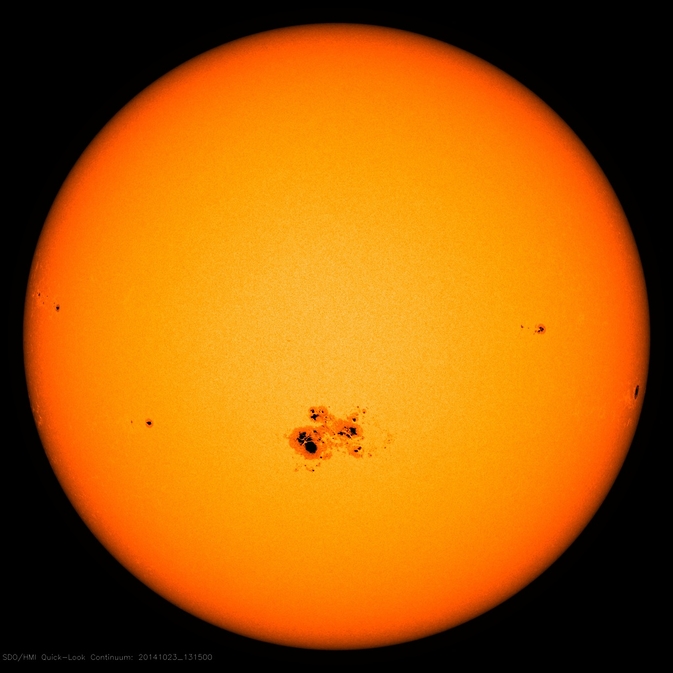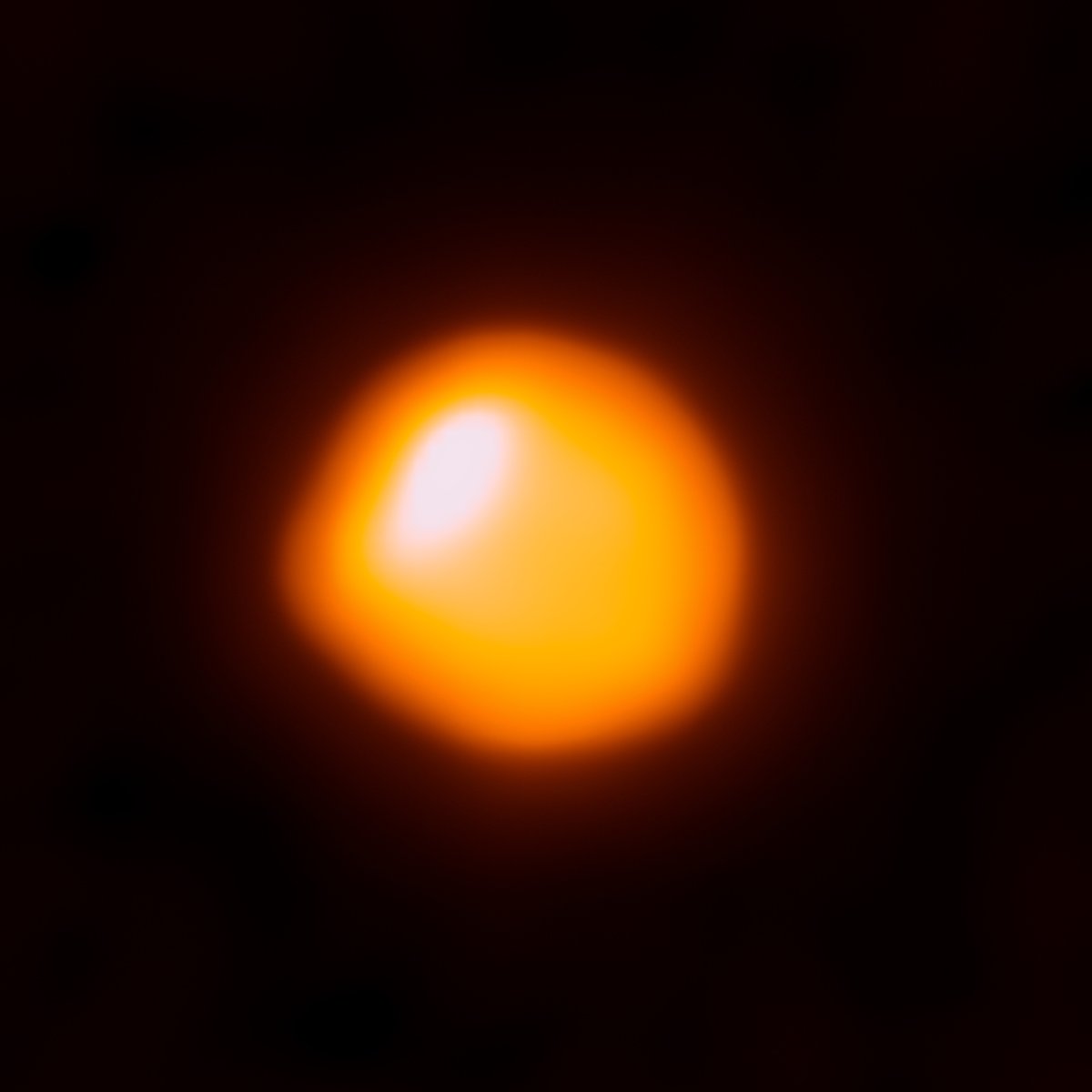
This is probably the most humbling & awe-inspiring image of the #Universe I know.
It's an infrared image by the #Spitzer #Space #telescope, as wide as the full moon.
The dots aren't stars.
They're galaxies.
Each dot is 100s of Billions of stars.(1/n)
@Todd_Scheve #astronomy
It's an infrared image by the #Spitzer #Space #telescope, as wide as the full moon.
The dots aren't stars.
They're galaxies.
Each dot is 100s of Billions of stars.(1/n)
@Todd_Scheve #astronomy

The image is part of the S-CANDELS programme, which observed parts of the sky very deeply (50 hours each pointing) with the Spitzer IRAC camera.
The goal was to obtain very sensitive infrared data for very distant #galaxies. See for details:
ui.adsabs.harvard.edu/link_gateway/2… (2/n)
The goal was to obtain very sensitive infrared data for very distant #galaxies. See for details:
ui.adsabs.harvard.edu/link_gateway/2… (2/n)
These data are crucial to understand galaxies in the young Universe.
The faintest dots you can see are galaxies the light of which took over 13 Billion yrs to reach us. A snapshot of the Universe when it was less than a Billion years old. (3/n)
The faintest dots you can see are galaxies the light of which took over 13 Billion yrs to reach us. A snapshot of the Universe when it was less than a Billion years old. (3/n)
The Spitzer Infrared data were combined with data in other wavelengths, observed by telescopes on the ground and in Space (#Hubble & many others), all looking at the same parts of the sky - the "CANDELS" fields.
See the CANDELS programme here:
arcoiris.ucolick.org/candels/
(4/n)
See the CANDELS programme here:
arcoiris.ucolick.org/candels/
(4/n)
Combined, data from the different telescopes give a comprehensive view of 10s of 1000s of galaxies at different times in the past, over most of the history of the Universe. How this "multi-wavelength astronomy" works is briefly explained here: 👇
https://twitter.com/kainoeske/status/1262063776729268229?s=20(5/n)
The fields for CANDELS (&S-CANDELS) followed the selection of fields we did for an earlier #Spitzer project I was a part of: the Spitzer Extended Deep Survey (SEDS), with a 12-hr exposure depth. They became today's deep survey fields. SEDS is here:
cfa.harvard.edu/SEDS/
(6/n)
cfa.harvard.edu/SEDS/
(6/n)
I love the sense of size and perspective these ultra-deep Spitzer images convey. The angle on the sky is much larger than the #Hubble Deep Fields, and galaxies being unresolved, you aren't distracted by details. You get a sense of size, enormity. The big picture.
(7/n)
(7/n)
You can access S-CANDELS images at the NASA/IPAC IRSA. Choose a field, go to Science Preview, pan, zoom, change color & depth, explore.
irsa.ipac.caltech.edu/data/SPITZER/S…
Enjoy.
We are stardust - the conscious stardust that gives the Universe an observer with a sense of joy and awe. (8/8)
irsa.ipac.caltech.edu/data/SPITZER/S…
Enjoy.
We are stardust - the conscious stardust that gives the Universe an observer with a sense of joy and awe. (8/8)
A remark: Of course, there are *some* stars in this image - foreground stars in our Milky Way. The bright ones are discernible by having spikes.
• • •
Missing some Tweet in this thread? You can try to
force a refresh






